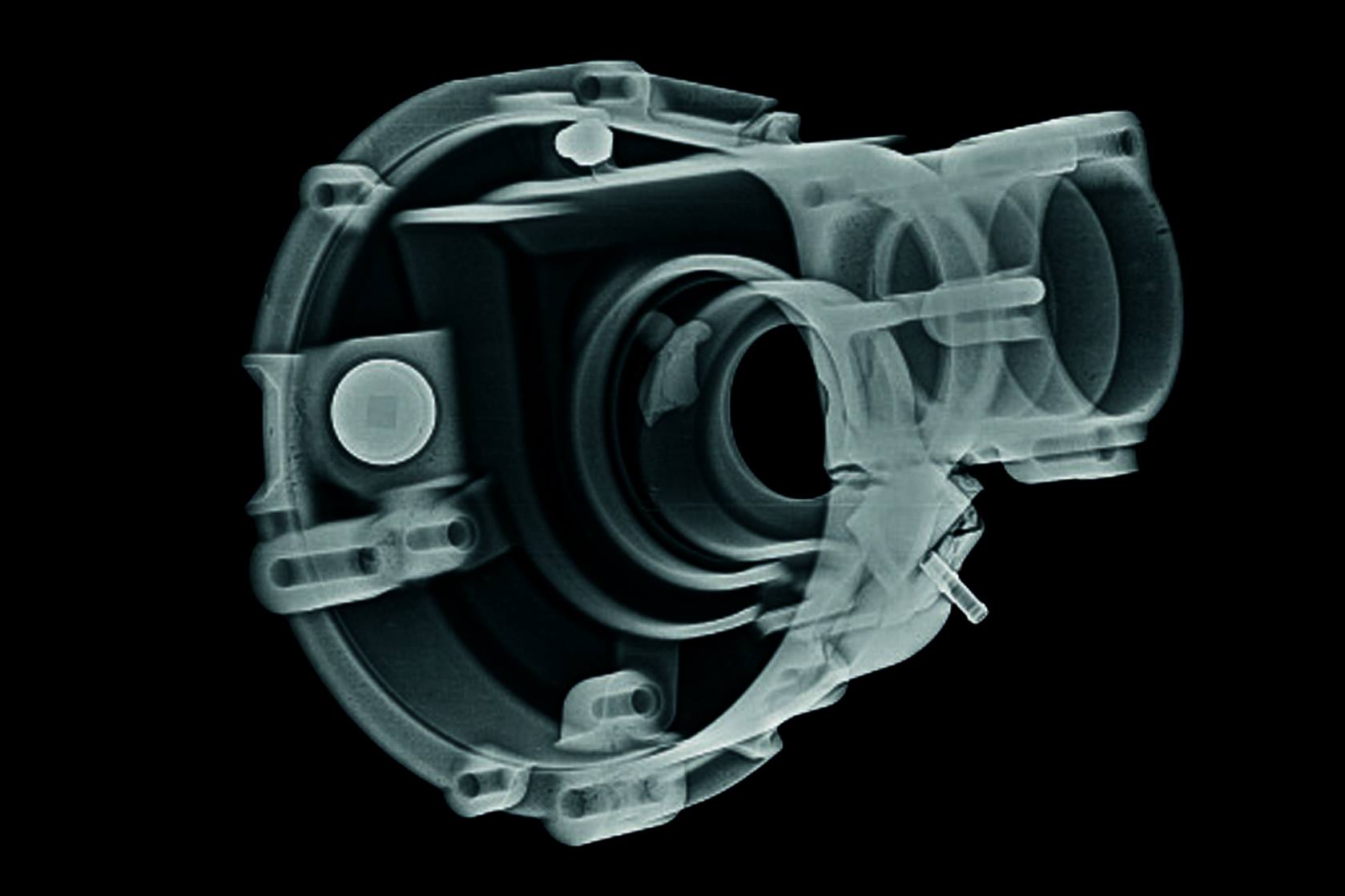The Importance Of Radiographic X-Ray Equipment For The Mining Industry

The ongoing safe operation of vehicles and machinery is an operational imperative for the mining industry.
Equipment failure can be extremely costly on many different levels and non-destructive testing (NDT) is a crucial tool for the industry helping to minimise the potential for failure by the continuous monitoring of the ‘health’ of plant and machinery.
Machinery and equipment on a mine site is often under sustained operational stress due to the weight of the material being moved – and NDT methods play an important role in:
- Keeping equipment operating optimally.
- Minimising unexpected downtime.
- Minimising production losses.
- Enabling operators to plan repairs or implement predictive maintenance programmes.
Radiographic testing (RT) is a valuable NDT method that is widely used to examine plant and equipment and keep it operational – a crucial factor in ensuring the ongoing safety and profitability of mining operations.
RT uses X-rays and gamma rays to detect imperfections, determine whether corrosion is present and to measure wall thickness in ferrous and non-ferrous castings, welds and forgings – and it is used to identify both external and internal discontinuities. There are basically three types of RT methods, namely Conventional Radiographic Testing (RT), Computed Radiography Testing (CRT) and Real-Time Radiography (RTR) – all of which are used by mine operators to examine and monitor their plant and machinery.
Conventional Radiographic Testing
In this method, a negative film is placed behind the material being examined and then the material is exposed to a homogenous ray from a radioactive isotope or X-ray tube. The film is then developed and will reveal any material imperfections.
Computed Radiography Testing
This method uses the same radiation-producing devices but enables faster and more accurate testing by producing digital images that can be sharpened, filtered and enlarged for evaluation and analysis. No film is required, and the images are produced on reusable phosphorous plates with lower exposure requirements. This method also enables smaller exclusionary zones and decreased exposure times, and the benefits of the electronic image-viewing software include digital annotation, digital measurement and the sharing of information.
Real-Time Radiography (RTR)
This method is an important one for the mining industry as it allows the operator to detect corrosion under insulation. It also enables components to be moved and rotated during the inspection which translates into improved inspection coverage and higher speeds – which are important considerations in the mining industry where continuous operation of plant and machinery is so crucial.
In this method, images are produced electronically and not film which expedites the lapse between radiation and the resulting image.
If you’d like to learn more about how radiographic X-ray equipment can improve safety and productivity in your mining operation, contact us today.
